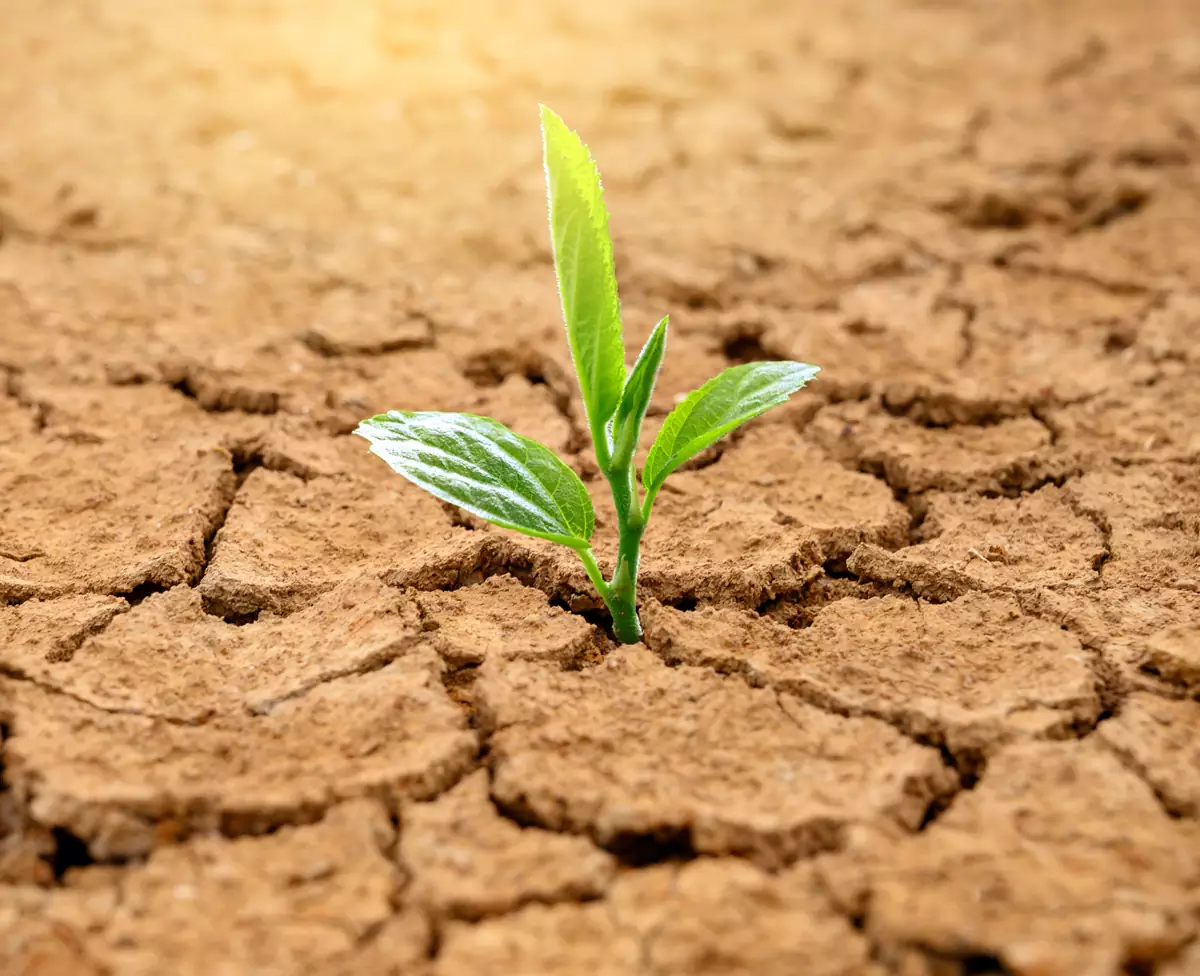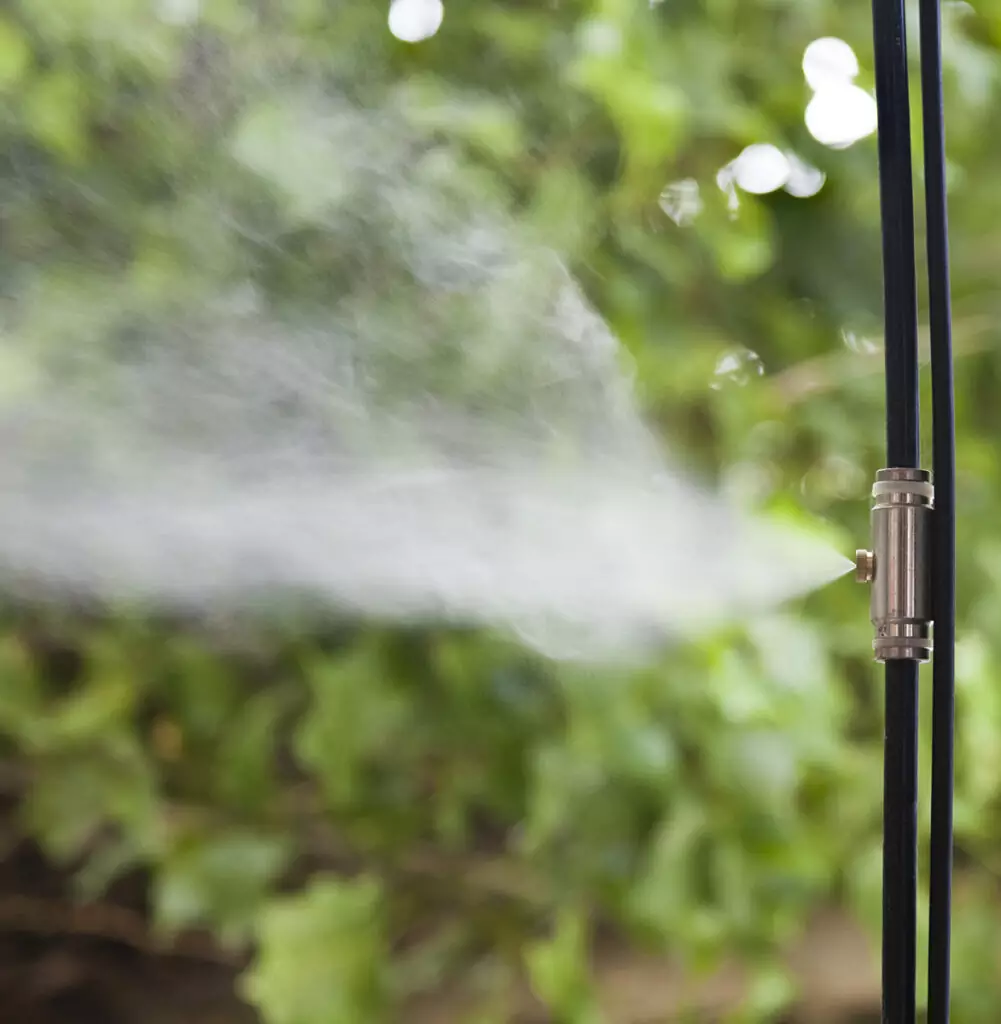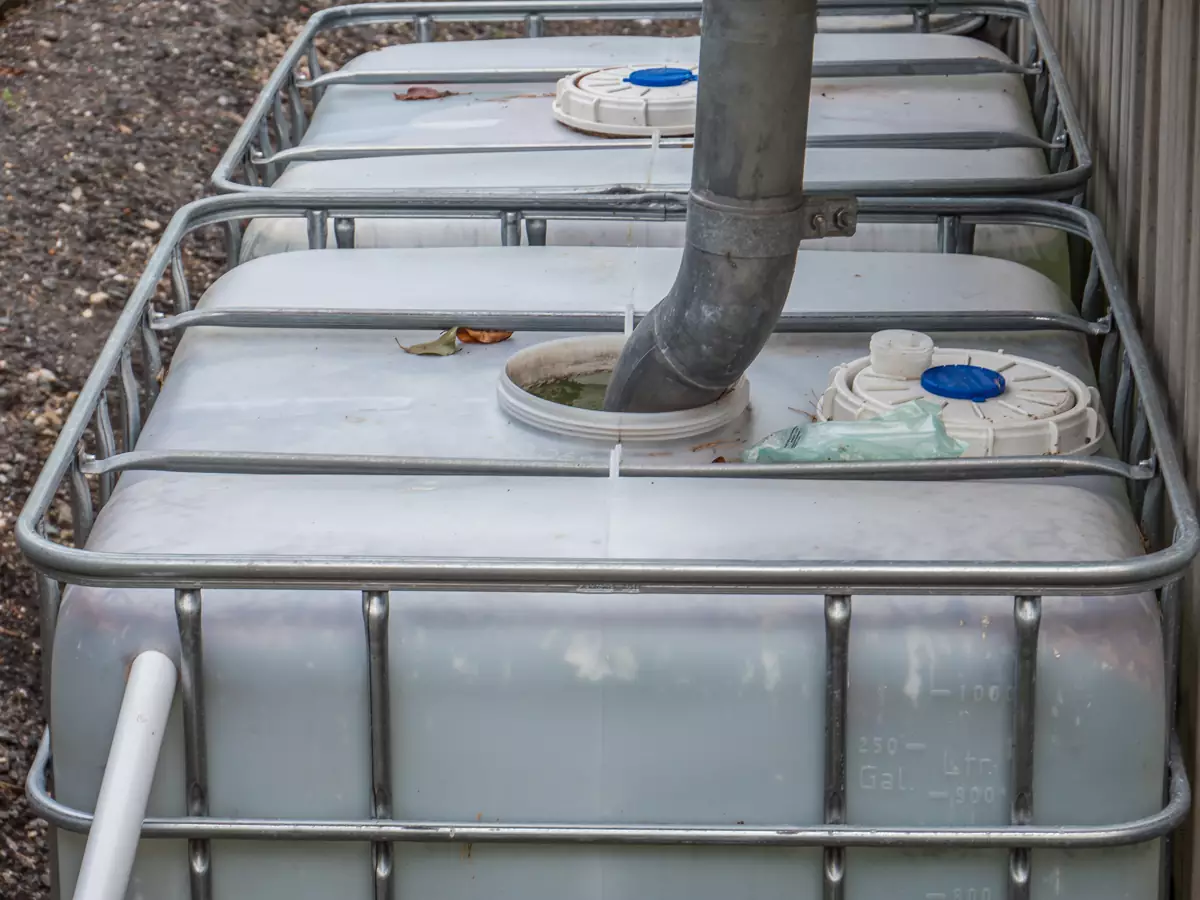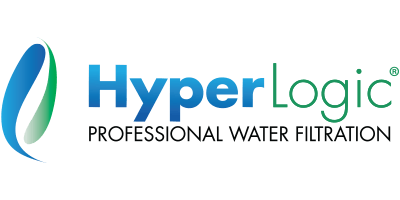
Climate change on the west coast is increasing the length and frequency of droughts each successive year. 2021 is already shaping up to be a historic year for water scarcity due to the severe lack of rainfall and record breaking temperatures. Lake Mead, the largest reservoir in the country, is projected to be at its lowest level in history. At least 4 years of above average rain and snow are needed to refill critical reservoirs that supply water to 20 million people and large areas of farmland.
Multi-year long “mega-droughts” have started to make water issues a permanent problem in the west, and they aren’t going away any time soon. A 2020 study analyzing tree rings concluded that the region may be entering the worst prolonged period of abnormally low rainfall in more than 1,200 years.
Drought Impacts on Agriculture
Historically, environmental conditions in the western states have served as an ideal growing environment for outdoor crops, but now those same states face the worst drought conditions in the country. California, Colorado, Oregon, Nevada, New Mexico, and Arizona, face exceptional scarcity of water and are projected to experience their largest water cuts to date.
Starting now and into the future, cultivating with consideration for maximum water efficiency will be absolutely critical for planning a commercial grow operation. As water restrictions and higher water bills begin to creep in, water conservation technologies and practices will be essential for helping to improve water use efficiency as well as the bottom line.

More and more crops in the United States are grown in an indoor environment, and any advancement in reducing the energy or water consumption used to produce hydroponically contributes to both the potential success of a new company, as well as making the industry much more sustainable overall.
Utilizing the Hydroponic Industry to Advance Water Conservation Technology
Strict regulations position the hydroponic industry to address unique opportunities to advance water conservation technologies. When water supply is limited, indoor hydroponic systems are far more efficient than outdoor agriculture, using 97% less water. Agriculture uses up to 90% of the west coast’s dwindling water supply, so any advancements in water conservation could also have important implications for outdoor agriculture, and could push more food to be grown indoors due to superior water usage efficiencies.
In terms of sustainability, energy use from lights and HVAC is a frequently addressed topic, but only now is water being included as a precious resource also in need of conservation.

Water Conservation Strategies
The two best strategies for conserving water in a commercial facility are to reduce the amount of water that enters the facility and be as efficient with that water as possible by reclaiming and reusing whenever possible. Reclaiming and reusing wastewater reduces the amount of source water needed for daily demand.
Reclaiming HVAC Condensate
The best way to start conserving water is by reclaiming the most abundant and easiest to reclaim wastewater source within a grow facility—HVAC condensate runoff. Wastewater that would normally go down the drain can be effortlessly reclaimed, cutting daily water usage by up to 80%. Another benefit of reclaiming condensate runoff is that only a small amount of wastewater is produced during the treatment process.
Untreated HVAC condensate should never be used without filtration due to the bacteria, heavy metals, and corrosive pH.
Rainwater Harvesting
Collecting rainwater is one of the cheapest, easiest ways to dramatically cut water usage. Like HVAC condensate runoff, it is easy to treat and only produces a tiny amount of wastewater during the reclamation process.
By tapping into one of nature’s most abundant, yet under-utilized pure water sources, collecting rainwater is advantageous in both wet and dry conditions. At the nation’s average annual precipitation of 32 inches, a 10,000 sq ft facility that uses 2,000 gpd can capture 3 months’ worth of water demand, cutting annual water usage by 25%!

Water Conservation for Contaminated Water

It is rare for growers to have consistently pure water right out of the tap. Almost every kind of common water source can easily be contaminated past the point of practical use for commercial production and will require some sort of filtration.
Most indoor grow operations require reverse osmosis (RO) water quality for consistency and controlling inputs, however the reverse osmosis process will always create some amount of wastewater. If RO is to be used, a high efficiency system is essential for keeping water use as low as possible.
Moving Towards Minimum Liquid Discharge
More advanced methods of conserving water include reclaiming usable water from other forms of waste such as nutrient runoff. In most cases, this is not cost effective due to the high price of treating concentrated wastewater, and the fact that (for the time being) water is typically cheap.
However, some facilities need to conserve as much water as possible or are forced to reduce wastewater discharge due to disposal regulations. For those attempting to eliminate it completely, treating wastewater becomes exponentially more expensive when moving from minimum liquid discharge towards zero liquid discharge.
Climate change and more frequent droughts will cause growers to consider conserving water and maximizing water efficiency.


